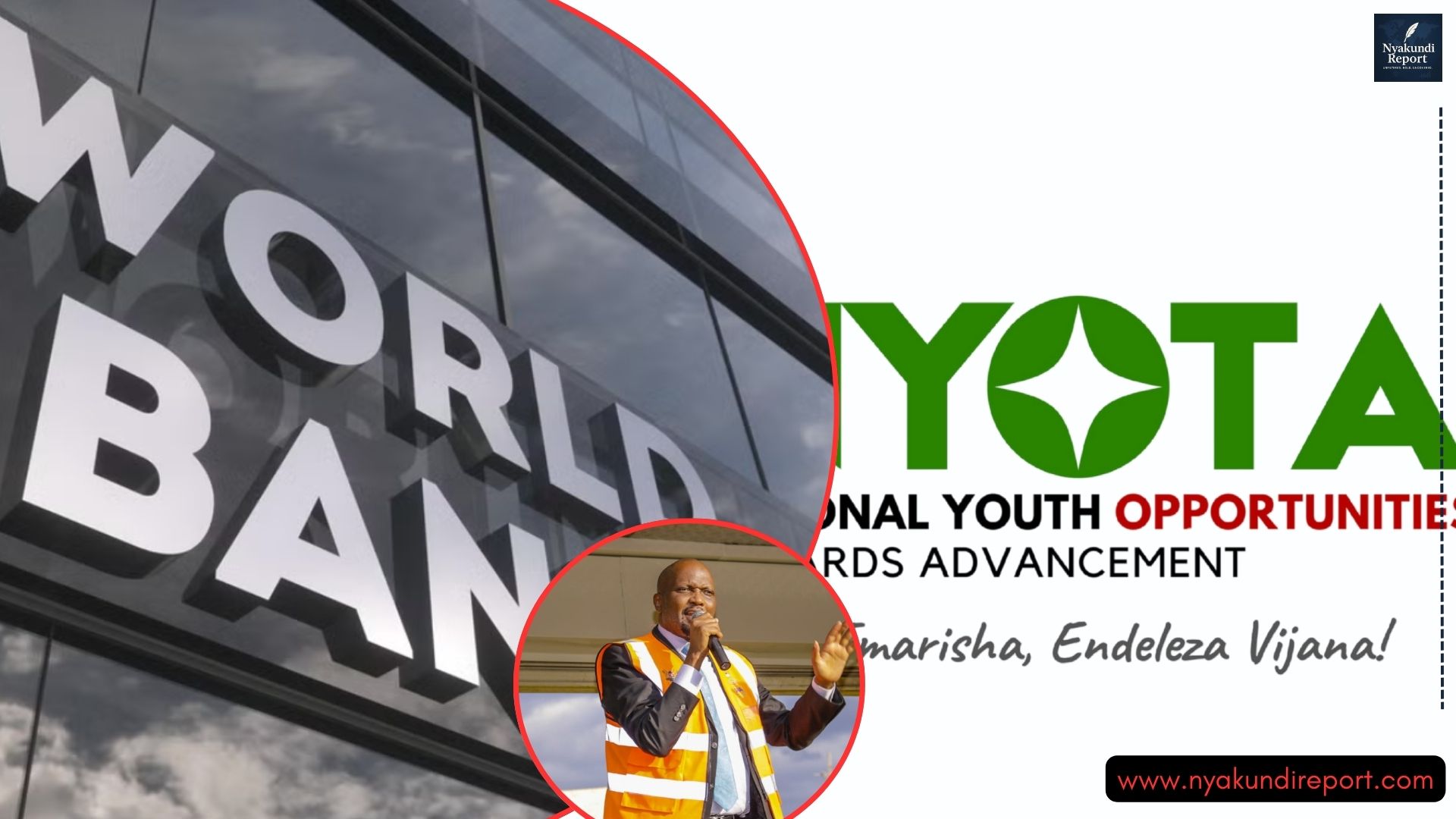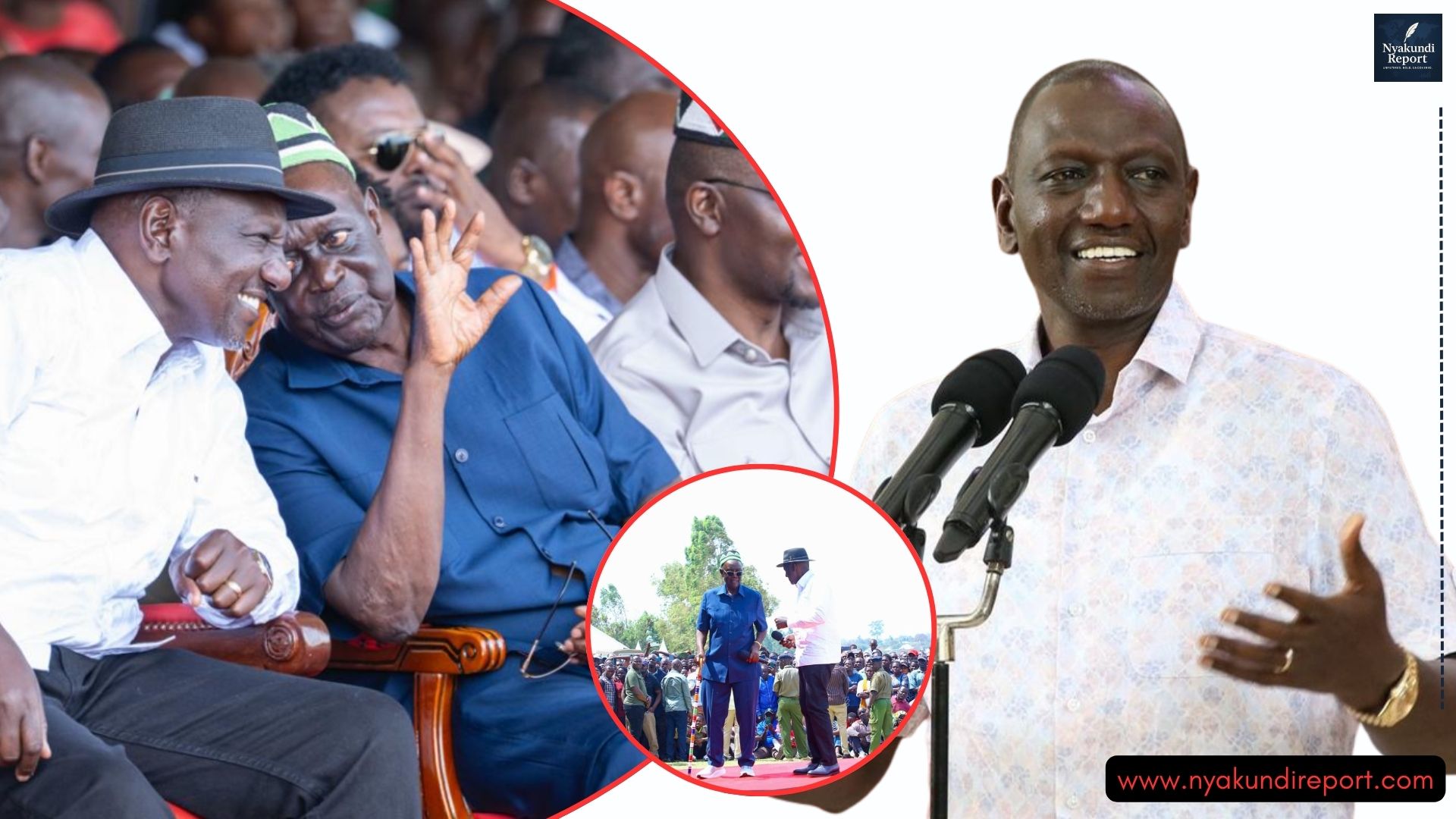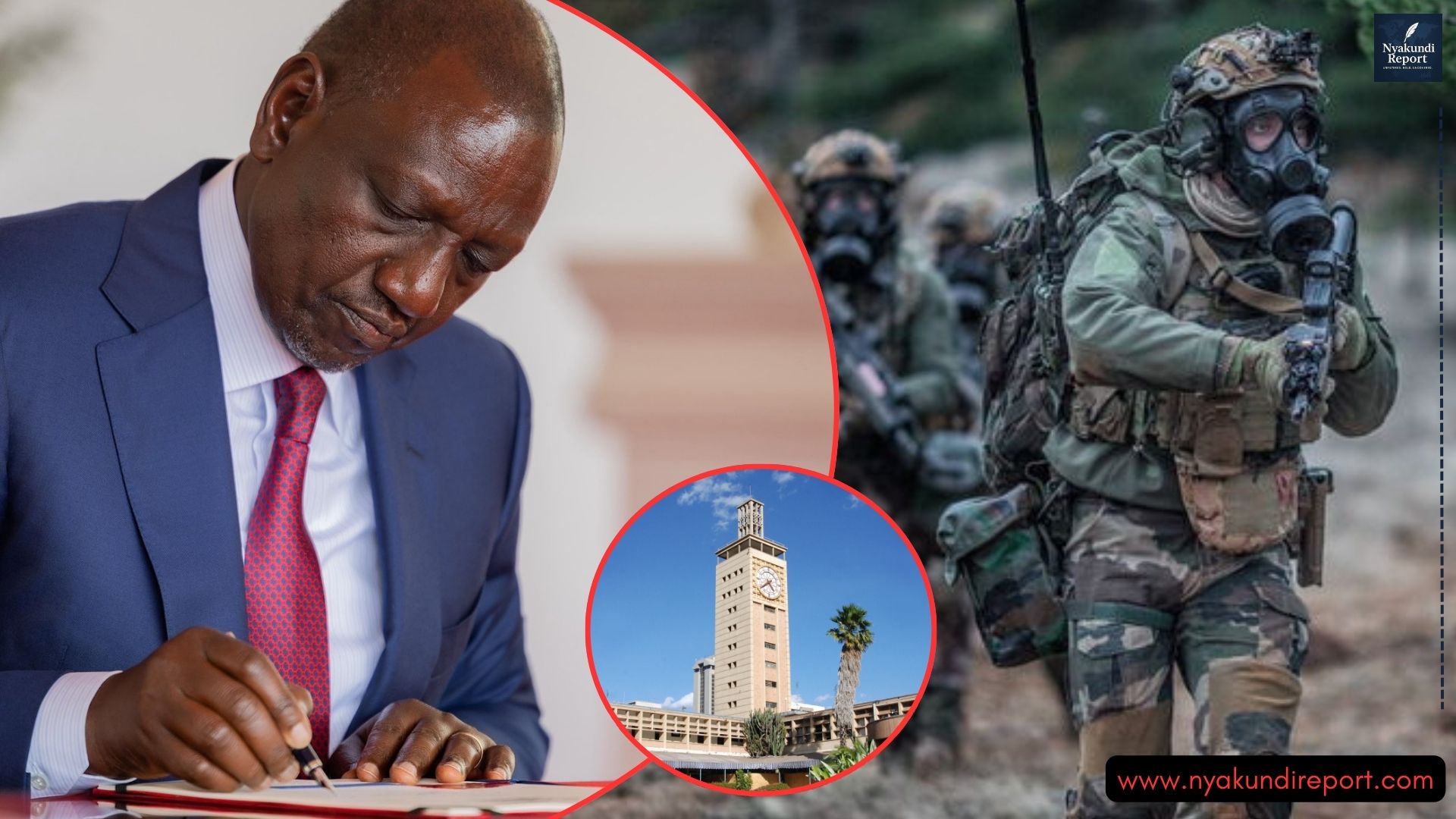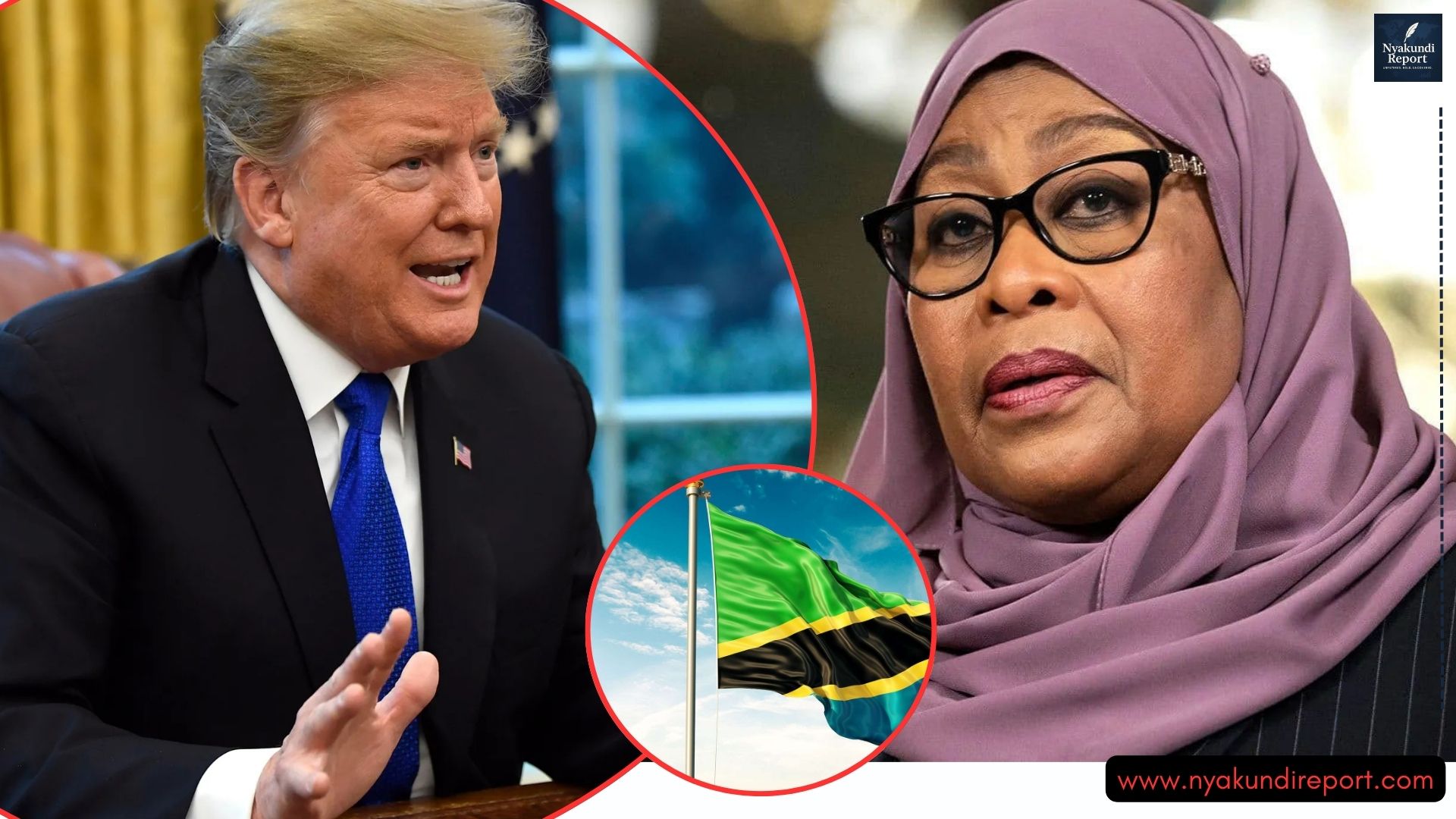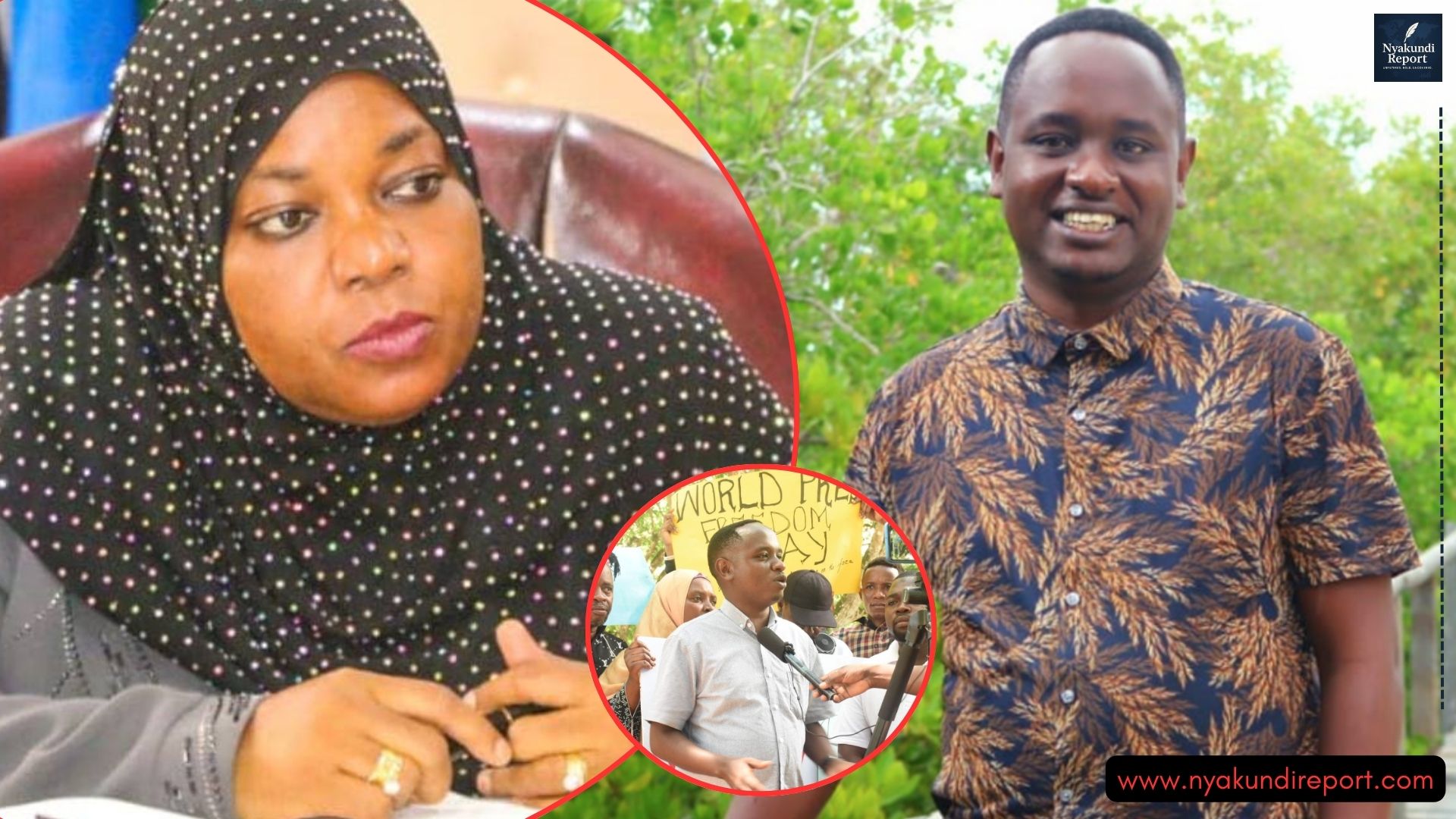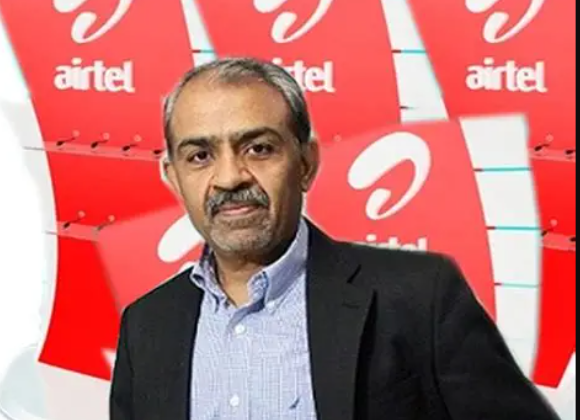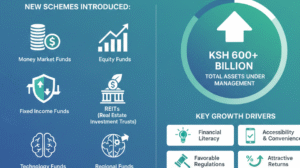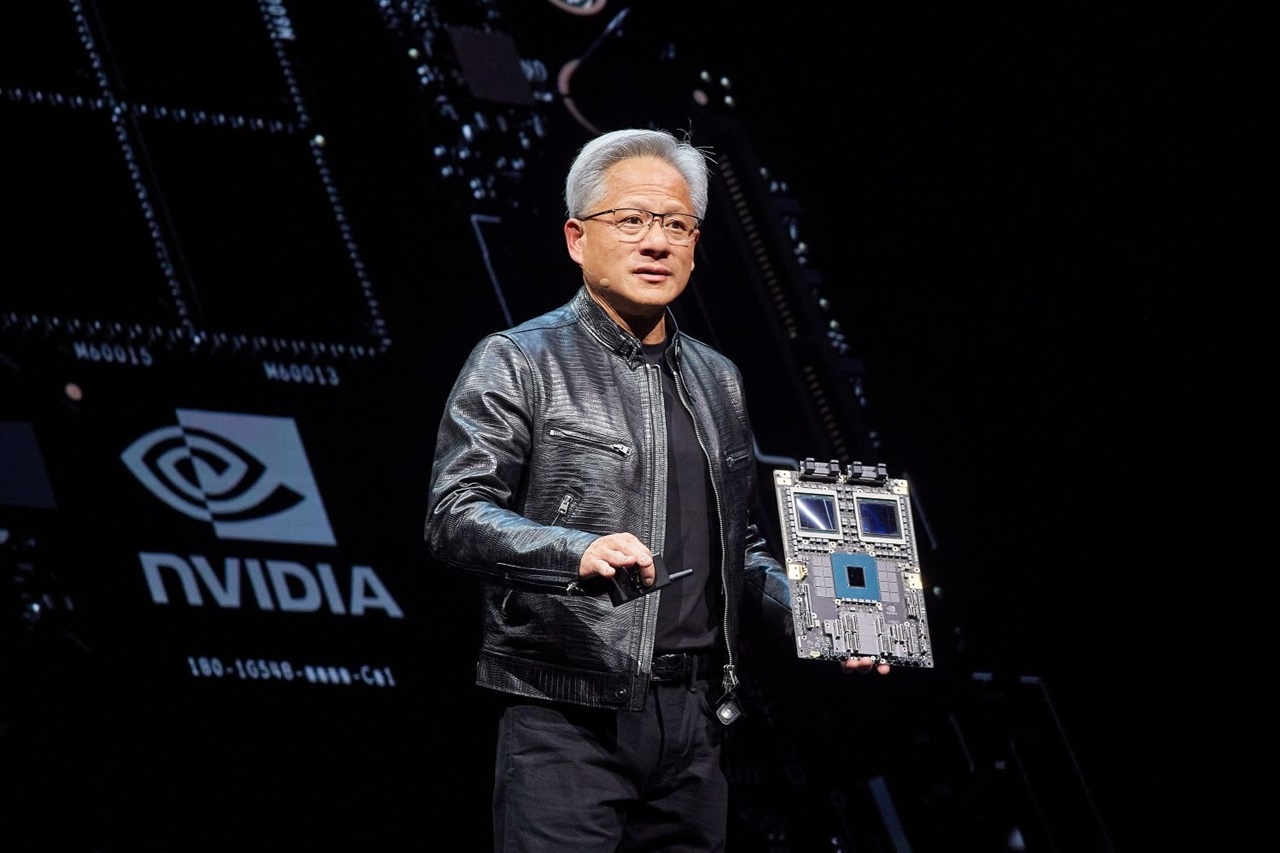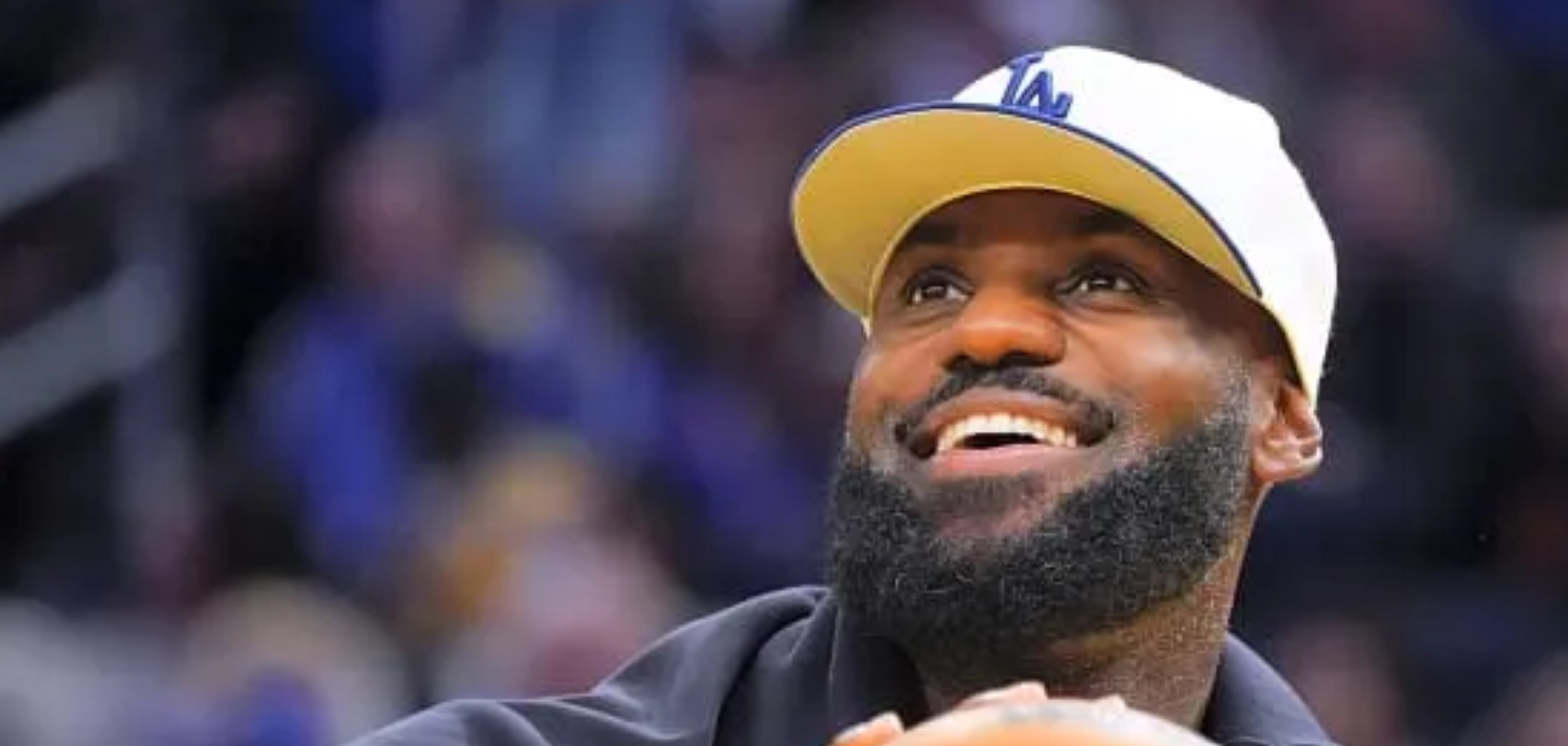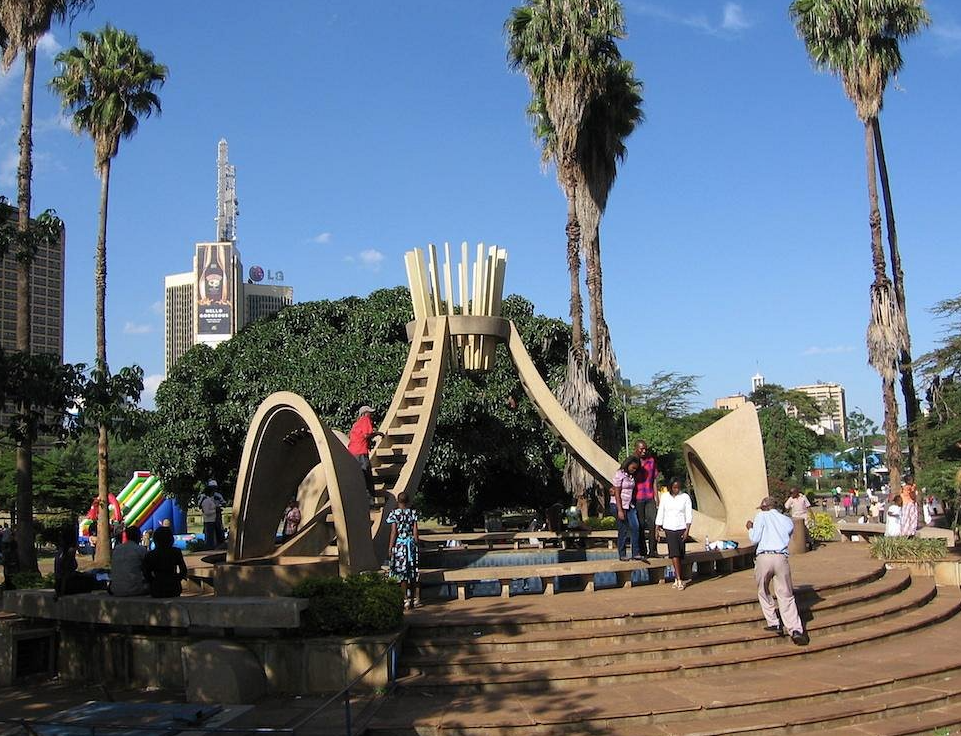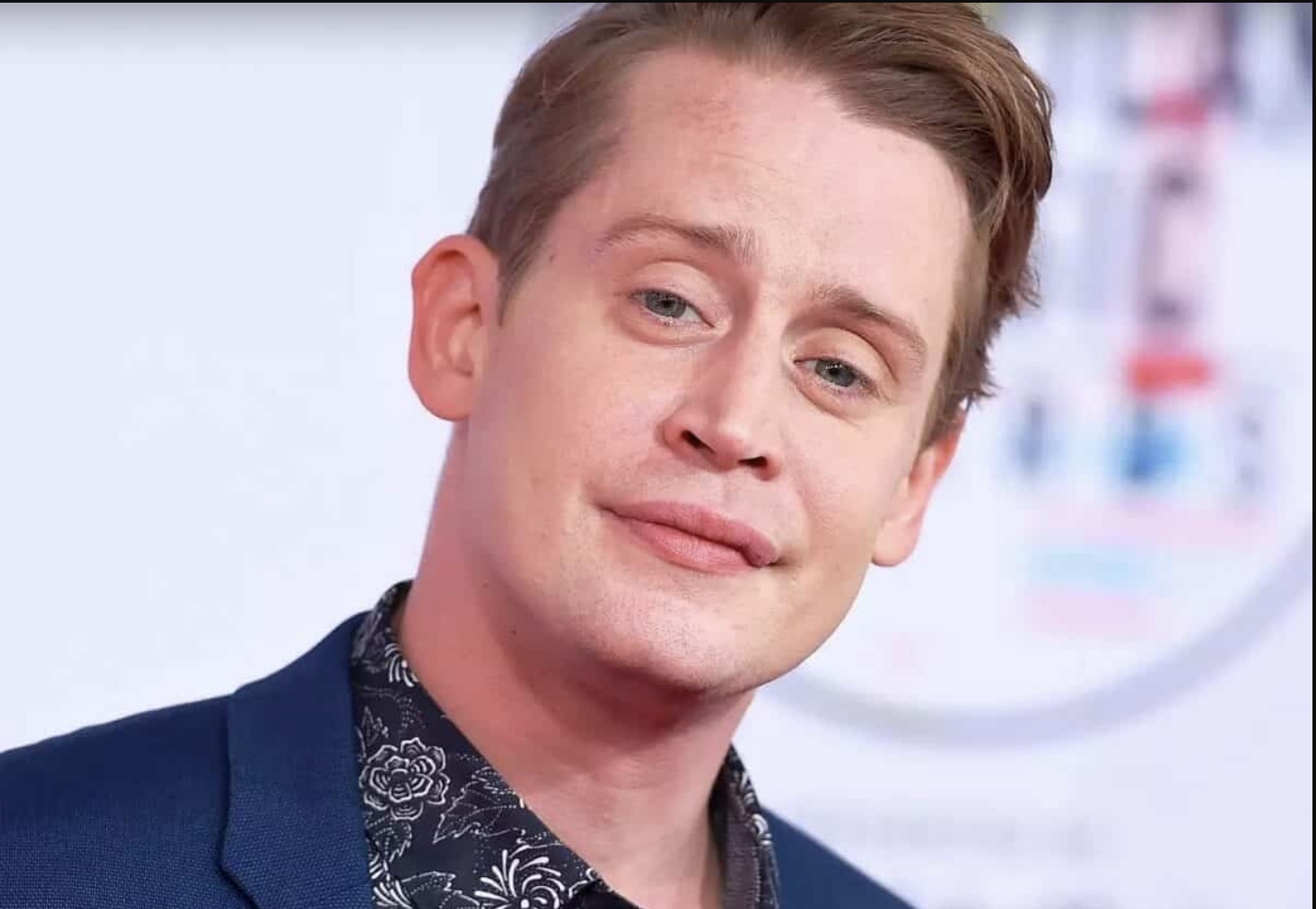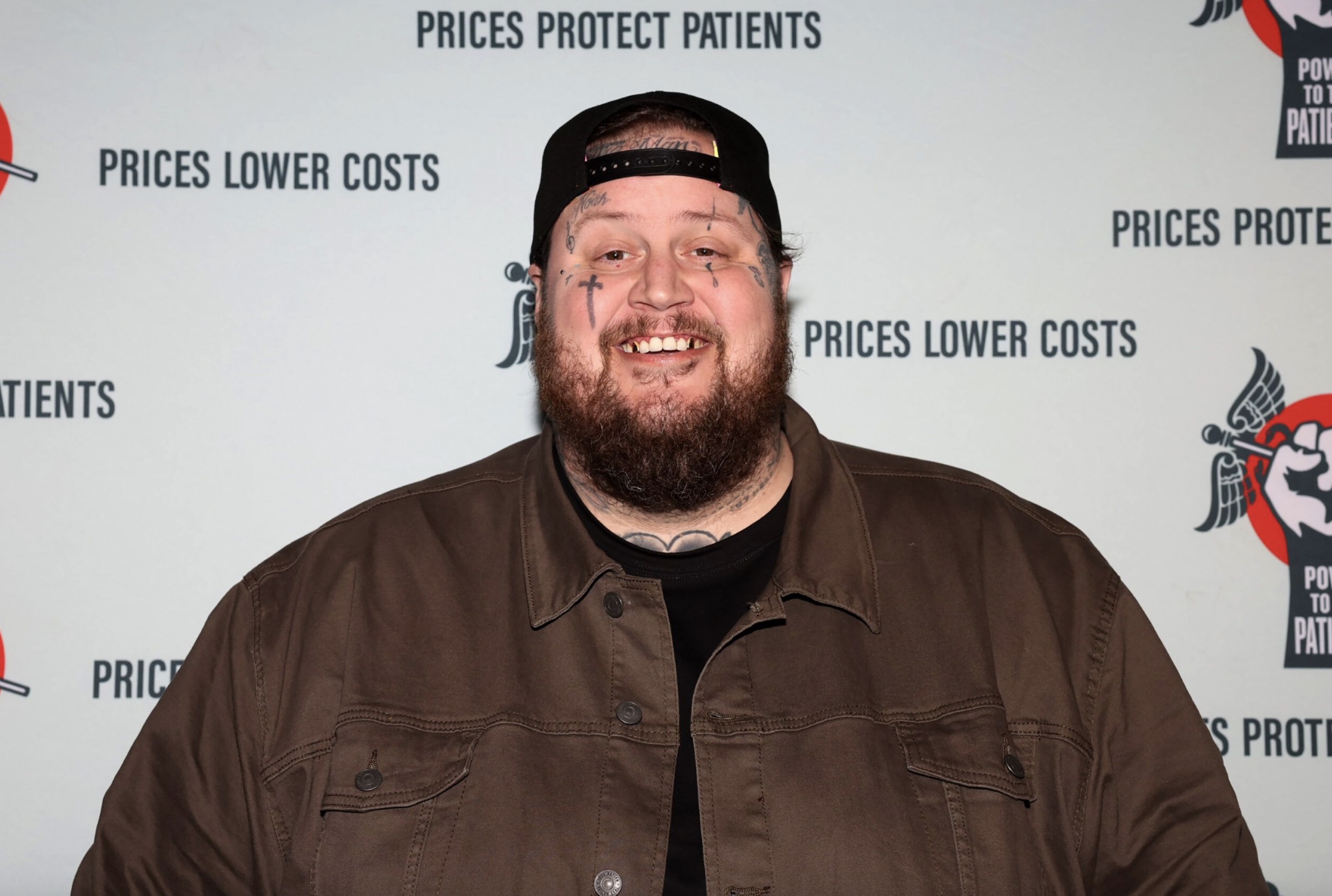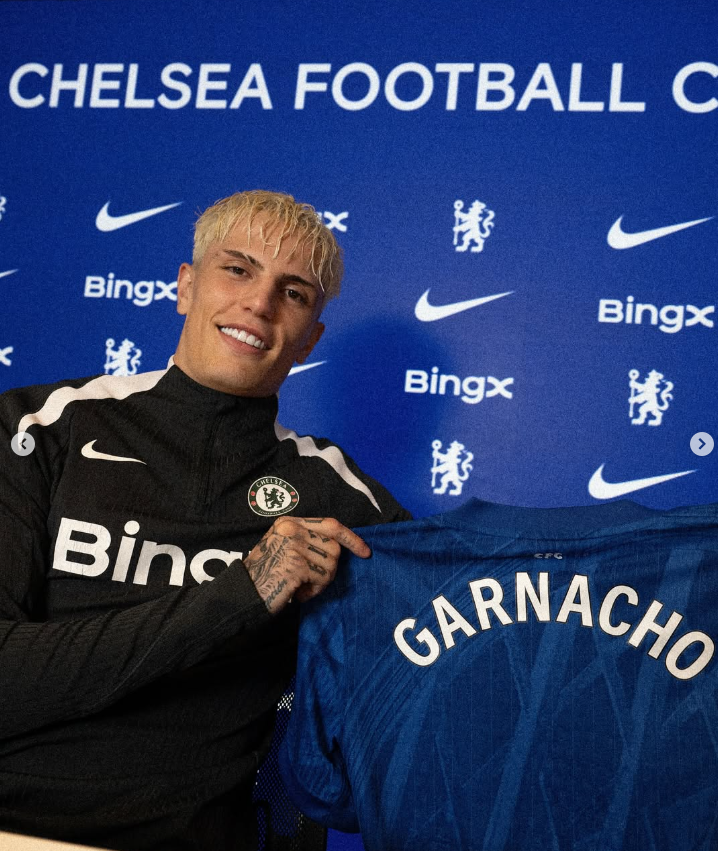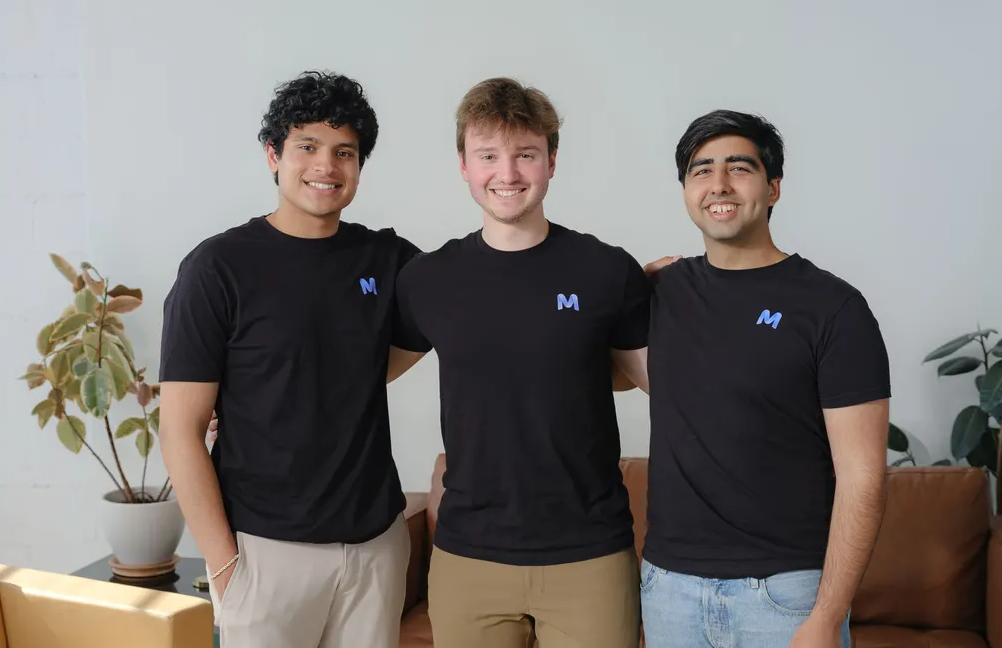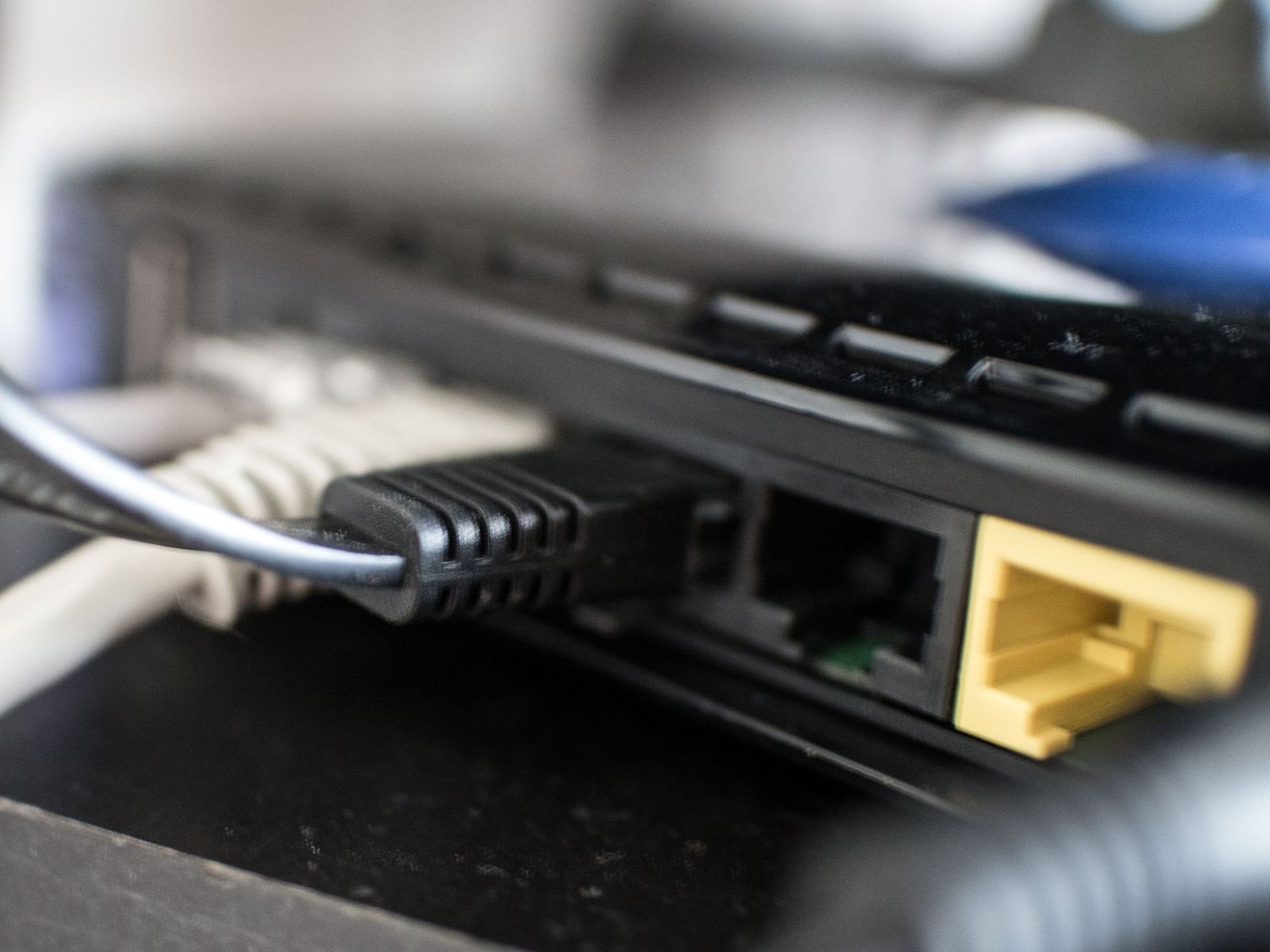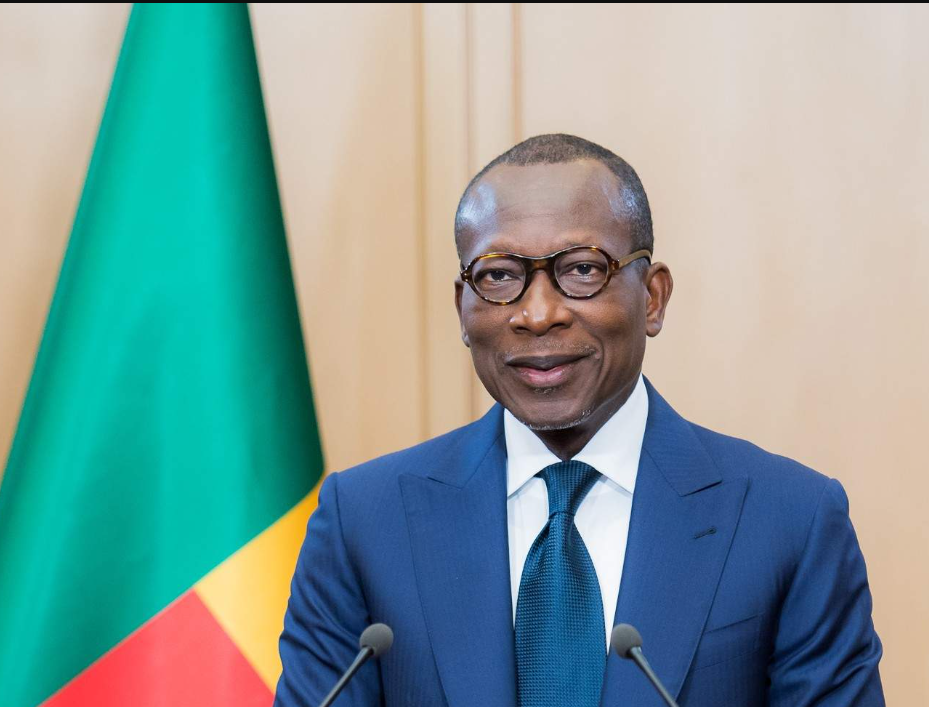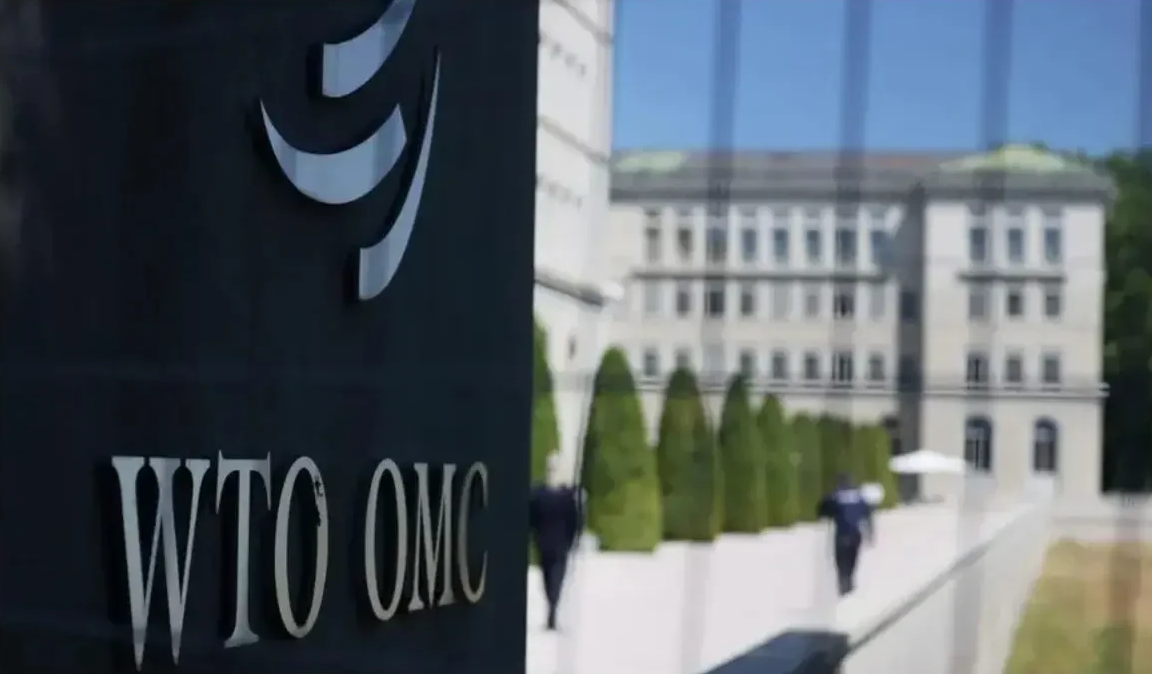The Vatican has announced that the conclave to elect the next pope will begin on May 7, 2025. This historic event follows the passing of Pope Francis on April 26, sparking private meetings among cardinals to discuss the future of the Catholic Church and select its new leader.
With a group of 135 cardinals under the age of 80 eligible to vote, the conclave will have the weighty task of determining the direction of the Church for years to come.
Although two cardinals have confirmed they will not attend due to health reasons, the conclave will proceed with 133 electors.
As in previous papal elections, the conclave will be held in the iconic Sistine Chapel, where secrecy and tradition have long guided the selection process.
This article will delve into what to expect as the conclave unfolds, offering a glimpse into the age-old practice that has shaped the leadership of the Catholic Church for centuries.

The Conclave Process – A Deep Look Into the Election of a New Pope
The conclave is not just a ceremonial event but a pivotal moment in the history of the Catholic Church. It marks the selection of a new pope after the passing of a sitting pontiff, in this case, Pope Francis.
The election process will see 133 cardinals from across the world gather in the Sistine Chapel to vote on the next pope. This is a highly secretive process, where the cardinals will cast their votes anonymously.
Before the conclave begins, cardinals have been meeting privately in small groups, discussing potential candidates for the papacy.
Their conversations, however, remain confidential. Despite the secrecy, speculation about who will succeed Pope Francis has been rampant.
Some cardinals have already become favorites, with notable names such as Cardinal Pietro Parolin, the Vatican’s Secretary of State, and Cardinal Peter Erdo, former president of the Council of the Bishops’ Conferences of Europe, at the forefront of discussions.
How the Conclave Works
The conclave will take place in the Sistine Chapel, where all activities will happen behind closed doors. The chapel is closed to the public in preparation for the election.
The process follows tradition. Inside, cardinals will privately vote by marking their choices on paper. To elect a new pope, a candidate needs two-thirds of the votes.
If no one gets the majority on the first ballot, the cardinals will vote again. They will keep voting until a decision is made.
If no pope is chosen, black smoke will rise from the chimney, signaling that the election isn’t over. When a new pope is chosen, white smoke will rise, announcing the success of the election and the arrival of a new pontiff.
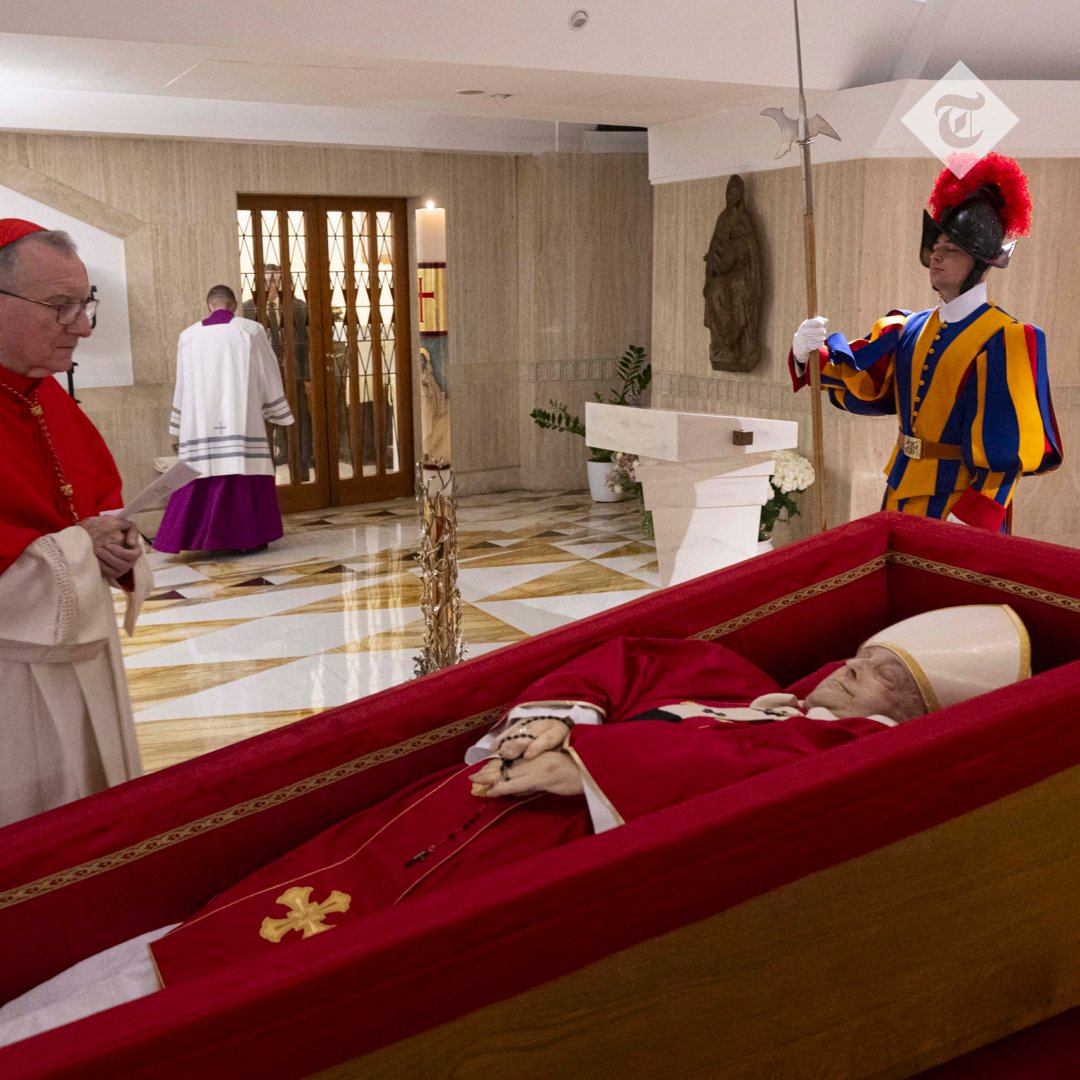
Who Will Be the Next Pope? Candidates to Watch
As the conclave approaches, several cardinals have emerged as leading candidates to succeed Pope Francis. Among the favorites is Cardinal Pietro Parolin, a 70-year-old from Veneto, Italy, who has garnered significant attention for his outspoken views on geopolitical issues.
As the Vatican’s Secretary of State, Parolin has played a key role in shaping the Church’s diplomatic relations and has earned respect for his pragmatic approach to international affairs.
Another prominent candidate is Cardinal Peter Erdo, the former president of the Council of the Bishops’ Conferences of Europe.
Erdo, a well-respected figure in the Church, has led and united the bishops of Europe. He is considered one of Parolin’s main challengers. Known for his conservative views on Church doctrine, Erdo also works to address social and ethical issues within the Church.
The names of other potential candidates are also circulating, with some pointing to cardinals from regions such as Africa, Asia, and Latin America, where the Catholic Church has seen substantial growth. However, the final choice will depend on the cardinals’ preferences and their views on the future direction of the Church.
Regardless of the outcome, the conclave will be an event watched by millions of Catholics around the world.
As the cardinals deliberate and cast their votes, the world will eagerly await the moment when white smoke signals the arrival of a new pope, marking the beginning of a new chapter for the Catholic Church.
The conclave, with its rich history and rituals, remains a unique and powerful moment in the life of the Church.
The process will not only select the next pope but also define the future of the Catholic Church in a rapidly changing world.

